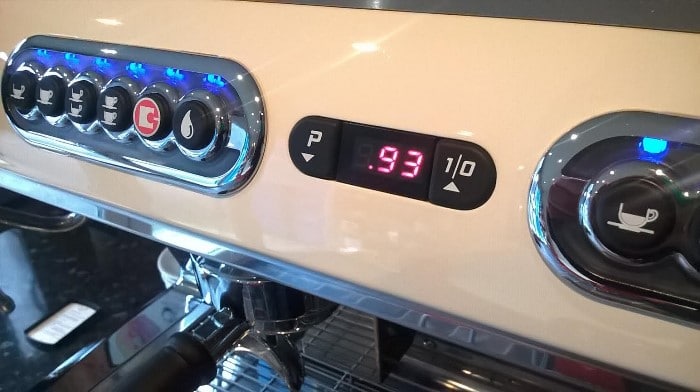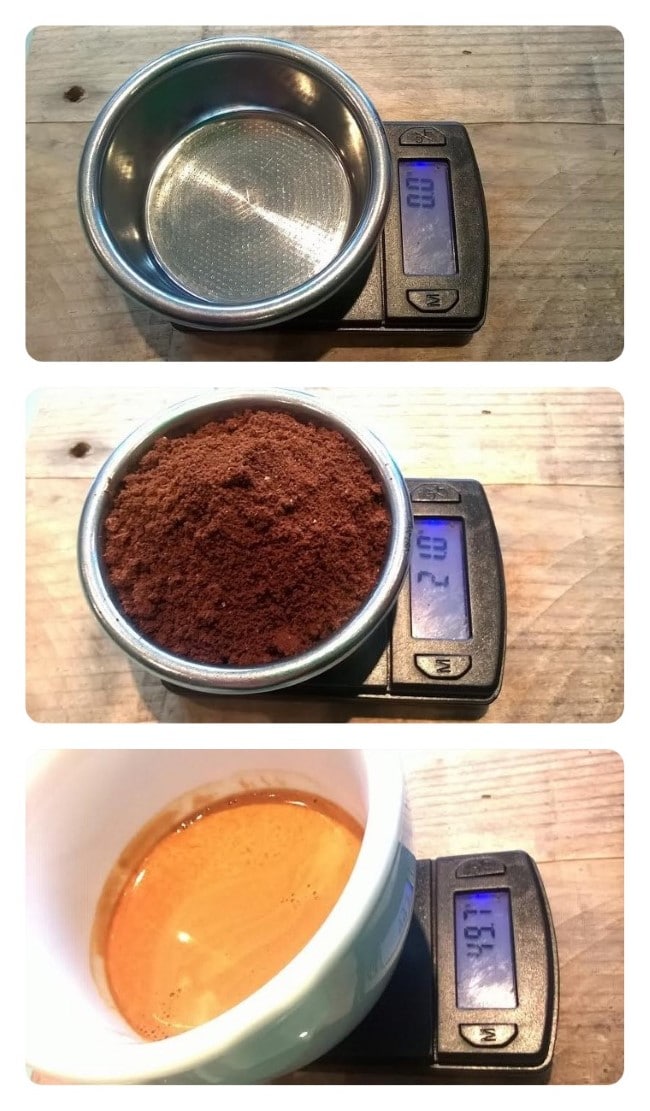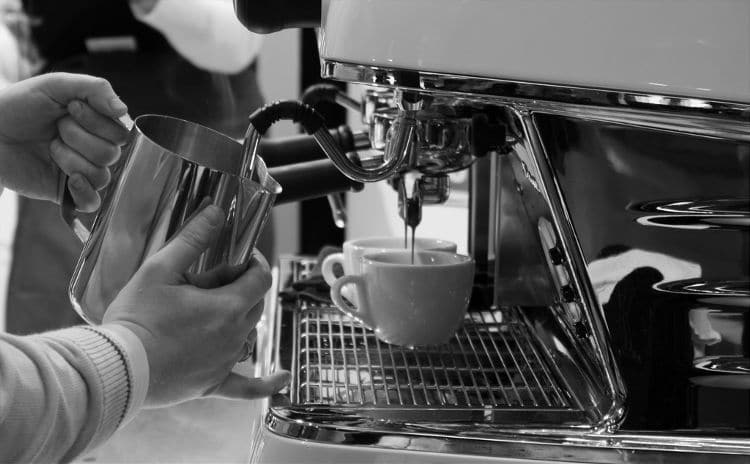How To Guides
Espresso Brewing Temperature
Coffee is a complex and delicate beast, espresso particularly. To get the best from it, you have to treat it with respect.
A full extraction will find the best flavour in most coffees, and temperature is crucial to achieving this- if the brewing water is too hot there will be a risk of over-extraction (bitter, woody, astringent flavours and aromas).
If the brewing water is too cool, the chances are that the coffee will be under-extracted and taste sour, caused by an inherent lack of sweetness.
How do I control the brewing temperature?
This depends entirely on the design of the espresso machine. Heat exchange machines are probably the most common. These have a large main boiler that heats to around 120 degrees Celsius. Fresh water passes through a pipe running through the boiler (the heat exchange) and heats up to temperature on its way to the coffee. This design is harder to judge the brewing temperature because the water inside the heat exchange is continually cycled around the boiler when the machine is in idle- therefore the less often a coffee is made the higher the water temperature will be. To combat this the barista must flush the group for longer to cool the heat exchange down. At the same time very busy periods will require very short flushes, and if water is drawn from the boiler, the boiler will refill with cold water- drastically reducing the boilers ability to exchange heat to the brewing water. Using steam from the boiler will also drop the temperature, as the boiler’s temperature is directly related to its pressure. It takes great skill to get the best from heat exchange designs.

In comparison multi-boiler machines are much simpler. They have a main boiler, used only for steam production. The brewing water comes from one or more independent boilers that are electronically controlled by thermostat to the ideal brewing temperature. So unlike heat exchange machines, the temperature of the brewing water will not fluctuate when steam or hot water are used, and the barista can just use a short flush regardless of how busy or quiet coffee service is.
Some more modern multi-boiler machines have extra features to aid brewing temperature, such as pre-heated water feeds- these mix water from the main boiler with fresh cold water and feed the smaller brewing boilers, so that temperature does not drop when they refill. Heating elements in the group heads stop the groups from cooling down when the handle is removed.
What brewing temperature do I need?
There are some basic rules that can guide you towards the correct brewing temperature, but ultimately taste should rule how you make any coffee.
- Darker roasts require less temperature- they are easier to extract
- Larger doses require more temperature- for example 20g of dry coffee require more temperature than 14g of dry coffee
- Longer brews require less temperature- for example if using 20g of dry coffee, a 38g brew will require more temperature than a 50g brew
- Lower grown coffees are less dense so require less temperature to extract properly
Examples
Example one- a single origin from the Gisuma washing station in Rwanda. This coffee is lightly roasted and grown at 1,800 metres above sea level (relatively high altitude), but tastes great with a longer brew- the recipe we use for this coffee is 21g dry, and we pull a brew of 50g from this, which at 93 degrees Celsius gives a fantastically sweet espresso, with a great citrus flavour. Using this recipe with higher temps brings out an unpleasant woody flavour. This is a fairly long brew, and creates a light bodied espresso- if we wanted a thicker bodied espresso we could pull the shot shorter, to around 35g perhaps, but to make sure we don’t get a sour espresso we would increase the brewing temperature to around 95 degrees Celsius.

Example two- using the Casa blend, a dark roasted, low grown blend, with tons of body. I brew this one at 92 degrees Celsius with 15g of dry coffee and pull a brew of around 36g which has plenty of body and creates a large volume of espresso due to the large amount of crema. Pulling this coffee any longer will create an ashy flavour and aroma, which reminds me of a cigarette ashtray. Yum… Not!
In Summary
Controlling temperature will help to create a consistently tasty espresso, which means satisfied customers. Win!



